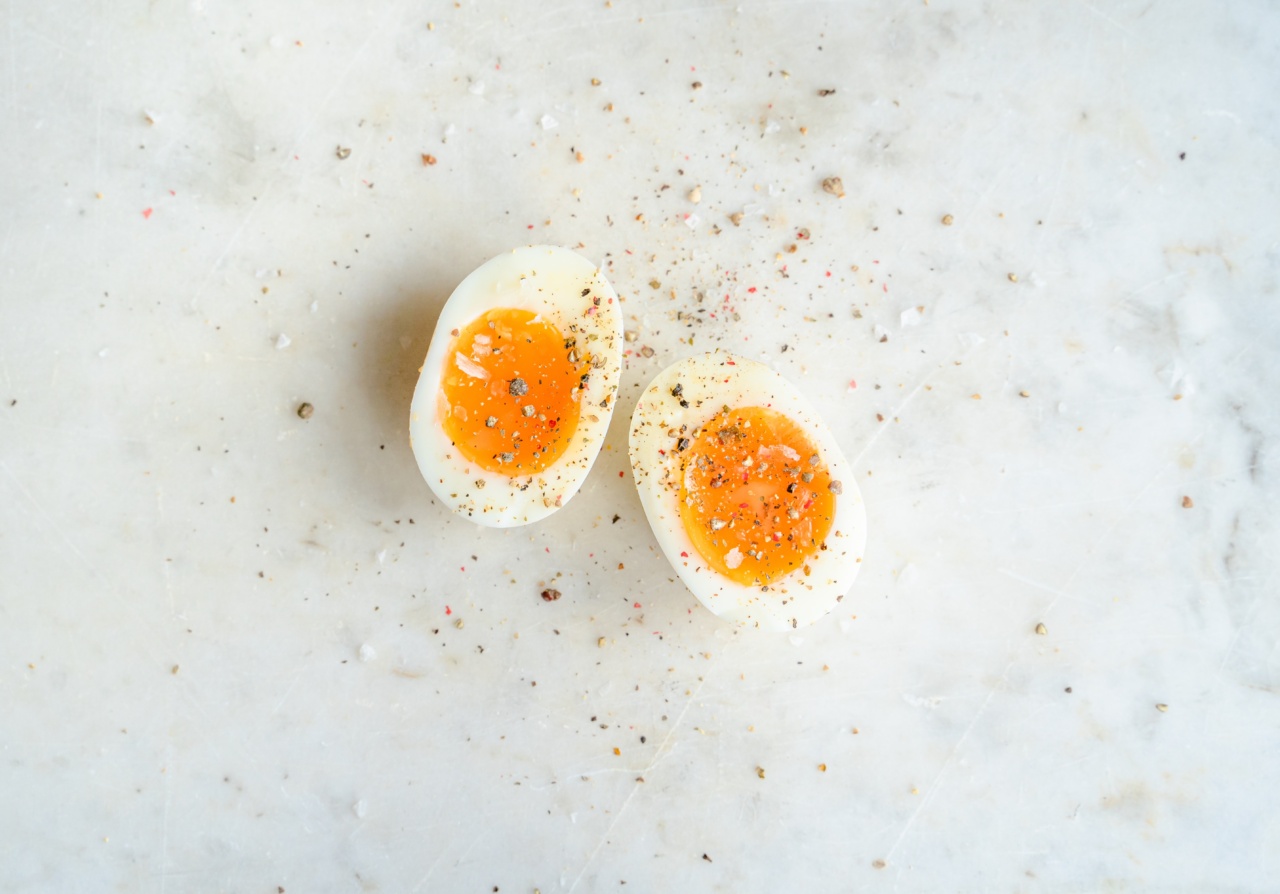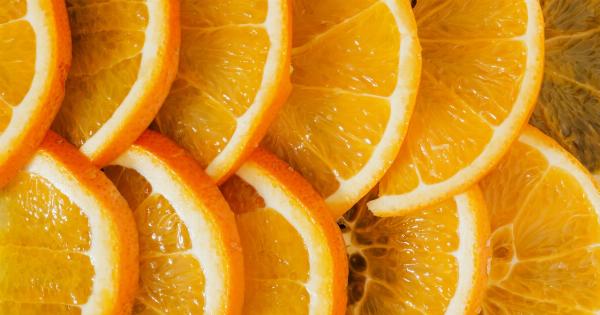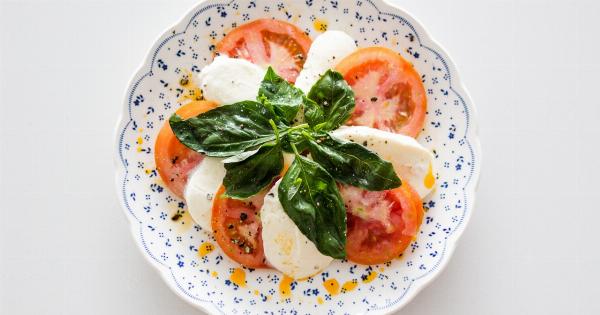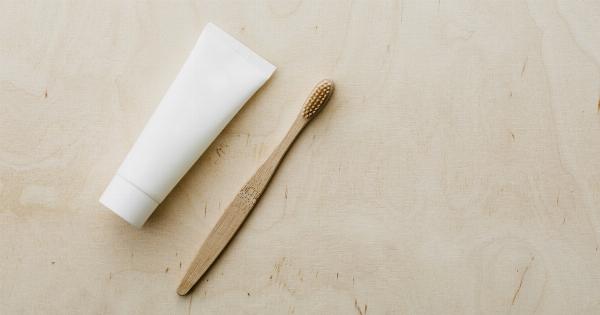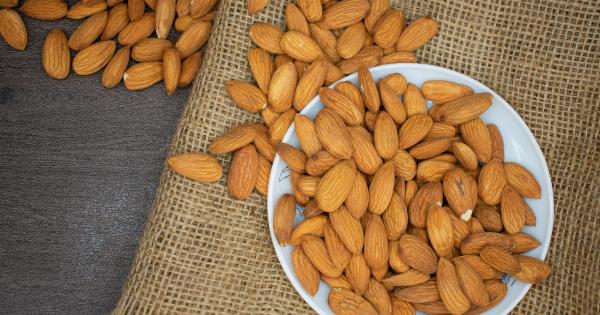Excessive salt consumption can have a profound effect on your health. High sodium intake leads to high blood pressure which in turn can cause, heart disease, kidney failure, and stroke among other problems.
Reducing your sodium intake can improve your health in a number of ways.
Here are 10 nutritional hacks to get you started on lowering your salt intake:.
1. Use Herbs and Spices to Add Flavour
If you’re used to adding salt to your foods for flavouring, try switching to herbs and spices instead. There are a wide variety of herbs and spices that can add an array of flavors to your meals, without adding salt.
Experimenting with different herbs and spices is an easy way to add flavor to your meals without negatively affecting your health.
2. Swap Processed Snacks For Fresh Fruits and Vegetables
Processed snacks such as chips and crackers tend to be high in sodium, so consider swapping those snacks out for fresh fruits and vegetables.
Apples, bananas, carrots, and cucumbers are just a few examples of healthy, low-sodium snacks that can help you curb your cravings without risking your health by consuming high levels of salt.
3. Read Nutrition Labels Carefully
Many processed foods such as canned soups, frozen dinners and bread tend to be very high in salt, so it is important to read nutrition labels carefully to determine the amount of sodium present in these foods.
Whenever possible, avoid buying such processed foods.
4. Cook at Home
When you prepare your own meals, you have complete control over the ingredients and can avoid adding extra salt to your dishes.
Cooking at home also gives you an opportunity to experiment with new flavours and spices without using extra sodium, making your meal both healthy and delicious.
5. Opt for Fresh Meats Instead of Processed Meats
Processed meats such as bacon, salami, and hot dogs tend to be high in sodium, so try swapping them out for fresh meats like chicken, or lean cuts of beef or pork which tend to be lower in sodium.
6. Avoid Adding Salt at the Table
Try to break the habit of adding salt at the table. Instead, add flavor through natural means such as herbs, spices, and lemon juice.
7. Rinse Canned Foods
Many canned foods such as beans, tuna, and vegetables are packed in a salty brine. Rinse them under cold running water before consuming to reduce the amount of sodium you consume from canned goods.
8. Use Less Salt When Cooking
If you must add salt when cooking, use it sparingly and opt for healthier alternatives instead. For example, use low-sodium broth or bouillon instead of salt when making soups and stews.
9. Try Sea Salt
Sea salt is a healthier alternative to regular table salt as it contains less sodium per serving. However, it is important to note that it still contributes to your overall sodium intake.
Use sea salt sparingly just like you would with regular table salt.
10. Snack Smartly
When it comes to snacks, choose low-sodium options to help you curb your cravings without compromising your health. Fresh fruits, nuts, and seeds are all great low-sodium snack options that will help you stay on track with your health goals.
